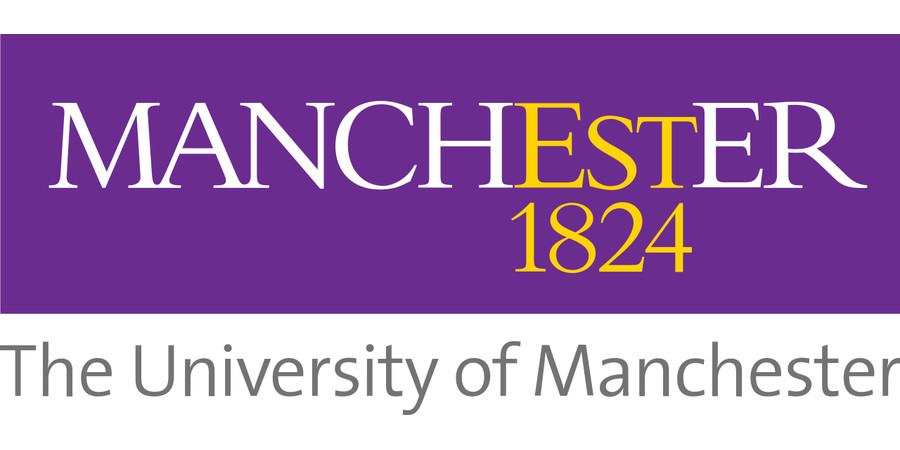PhD Studentship - Probing the Potential for Metal-Induced Embrittlement in the Vicinity of Welds
The University of Manchester - Materials Engineering and Performance
| Qualification Type: | PhD |
|---|---|
| Location: | Manchester |
| Funding for: | UK Students, EU Students |
| Funding amount: | Not Specified |
| Hours: | Full Time |
| Placed On: | 26th March 2025 |
|---|---|
| Closes: | 30th April 2025 |
Application deadline: 30/04/2025
How to apply: uom.link/pgr-apply-2425
How many positions: 1
This 4 year PhD project is fully funded and home students, and EU students with settled status, are eligible to apply. The successful candidate will received an annual tax free stipend set at the UKRI rate (£19,237 for 2024/25) and tuition fees will be paid. We expect the stipend to increase each year.
The operation of safety-critical components is often contingent on the avoidance of embrittlement in steels. Unfortunately, historical evidence highlights the significant impact that contaminants can have on the tendency for cracking and embrittlement in ferrous materials. Contaminants can be introduced in workshop environments that handle many different materials, or during repair and maintenance work on complex systems where dissimilar materials are present. If materials to be joined are contaminated with (for example) Cu or Zn either prior to welding (or to weld repair), the potential exists for cracking through either liquid metal embrittlement (LME) or solid metal-induced embrittlement (SMIE). The aim of this project is to establish the potential for either LME (during welding) or SMIE (during service) in common materials used in construction. Candidate materials include carbon steels, high-tensile steels, and austenitic stainless steels. The susceptibility of steels to LME/SMIE will be studied both during welding and during subsequent exposure to humid environments at different temperatures.
What the research involves:
The project work will involve deliberately contaminating engineering alloy plates with varying quantities of contaminants such as copper or zinc. Single-pass welds will be made on the surface of each contaminated plate, and the weld regions will be inspected for signs of LME/SMIE using dye-penetrant testing and microscopy. ThermoCalc (thermodynamic) simulations will be carried out to predict the phases that might form during welding, and contamination thresholds for embrittlement during welding will be identified. Test coupons will subsequently be extracted from uncracked welded samples and subjected to stress-corrosion cracking tests. A Gleeble thermomechanical simulator could also produce coupons with microstructures matching specific weld zones. Advanced characterisation techniques (e.g. electron microscopy) will then be applied to assess the extent of material degradation in each case. Characterisation could include in-situ tensile testing coupled with digital image correlation in a scanning electron microscope (SEM) to assess the role of contaminants and second phases on micro-plasticity; these findings can also be correlated with the crystallography of the microstructure via electron backscatter diffraction (EBSD).
We are seeking a motivated researcher with a passion for metallurgy and materials engineering, eager to tackle industrially-relevant problems. Ideally, you will have a first degree in materials and/or metallurgy, but candidates with degrees in related disciplines will also be considered.
To apply, Pease contact the main supervisor, Dr Francis - john.francis@manchester.ac.uk. Please include details of your current level of study, academic background and any relevant experience and include a paragraph about your motivation to study this PhD project.
Advert information
Type / Role:
Subject Area(s):
Location(s):









